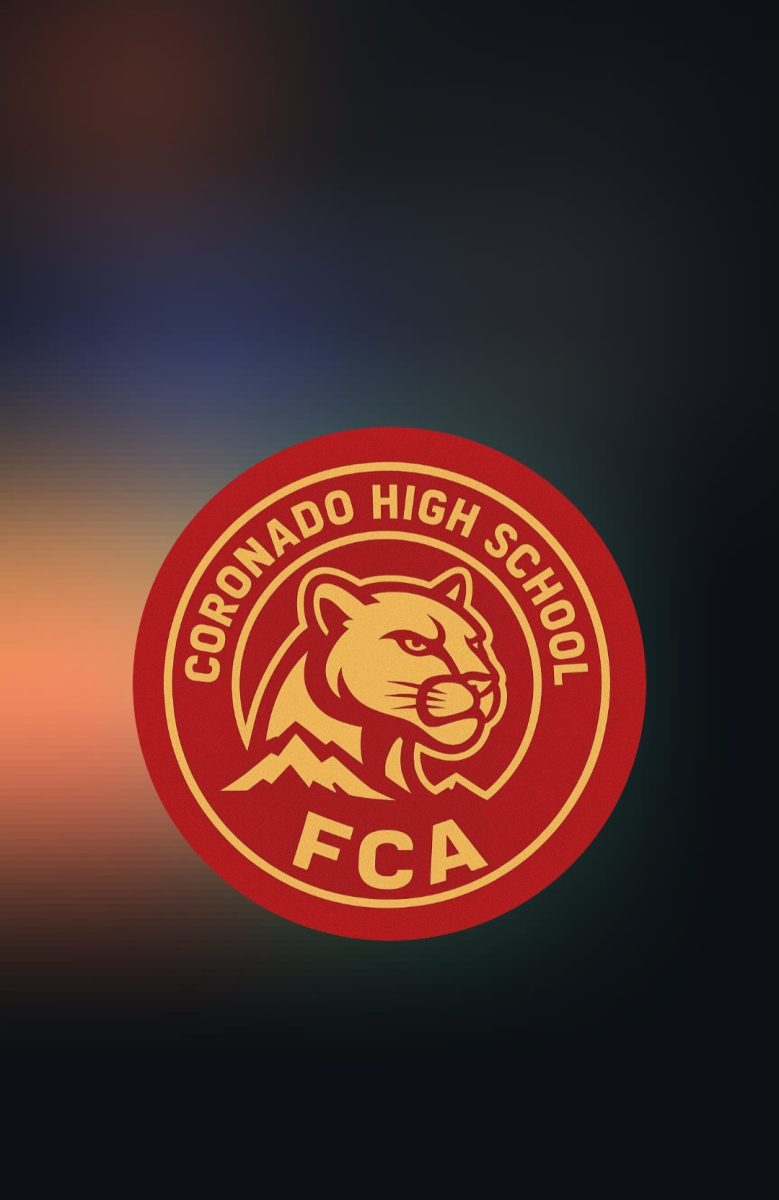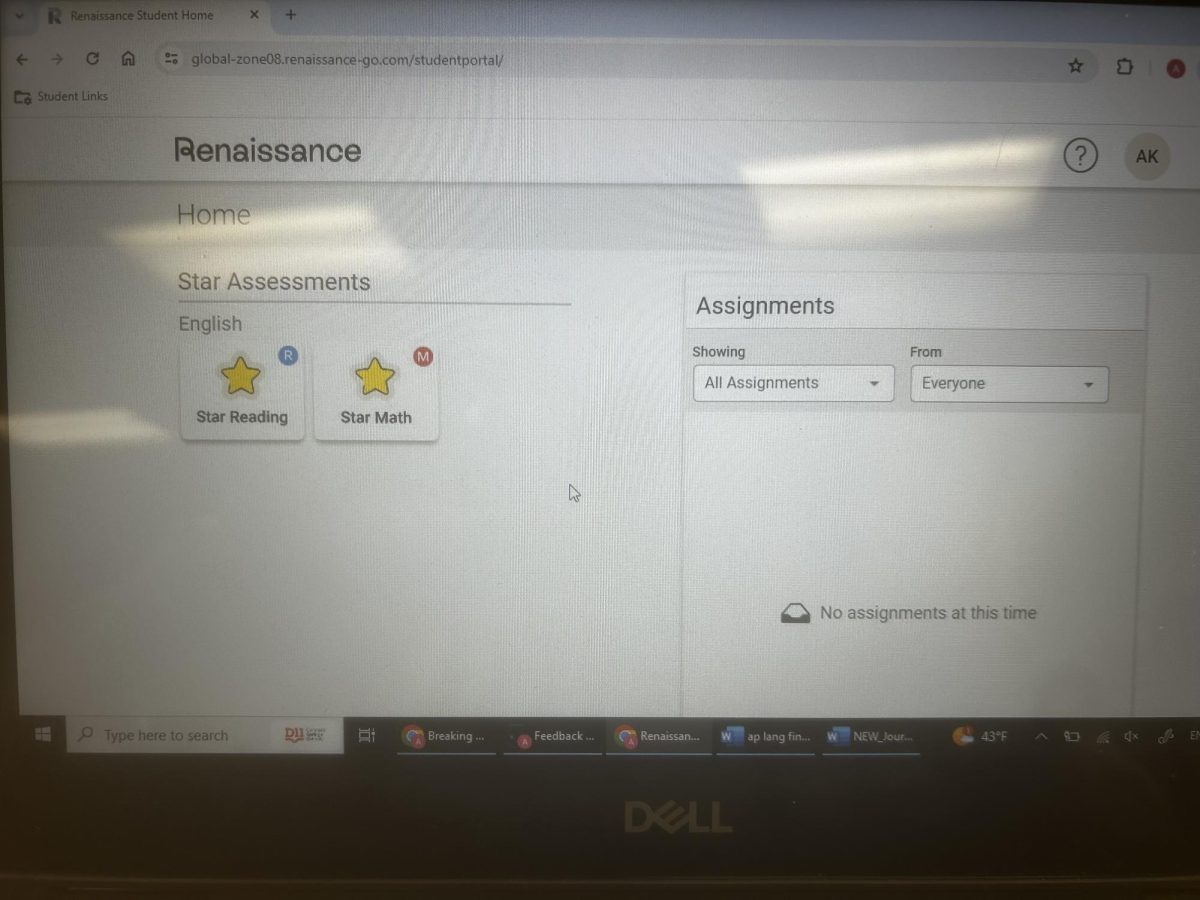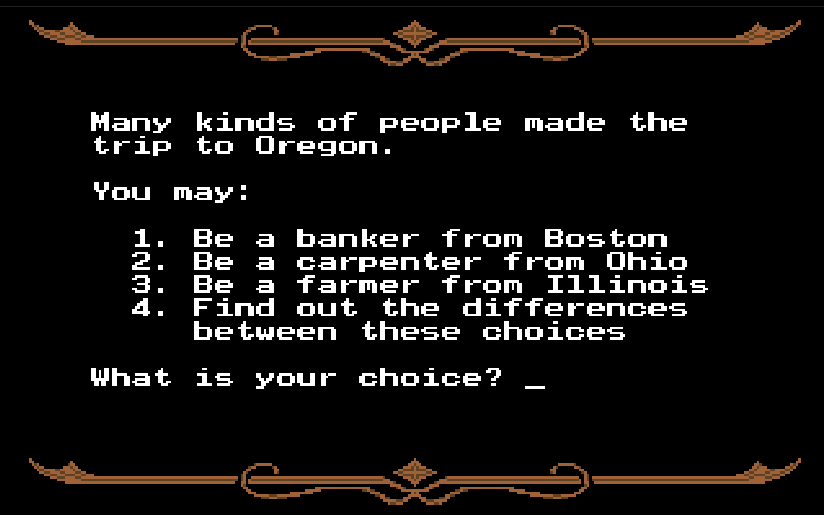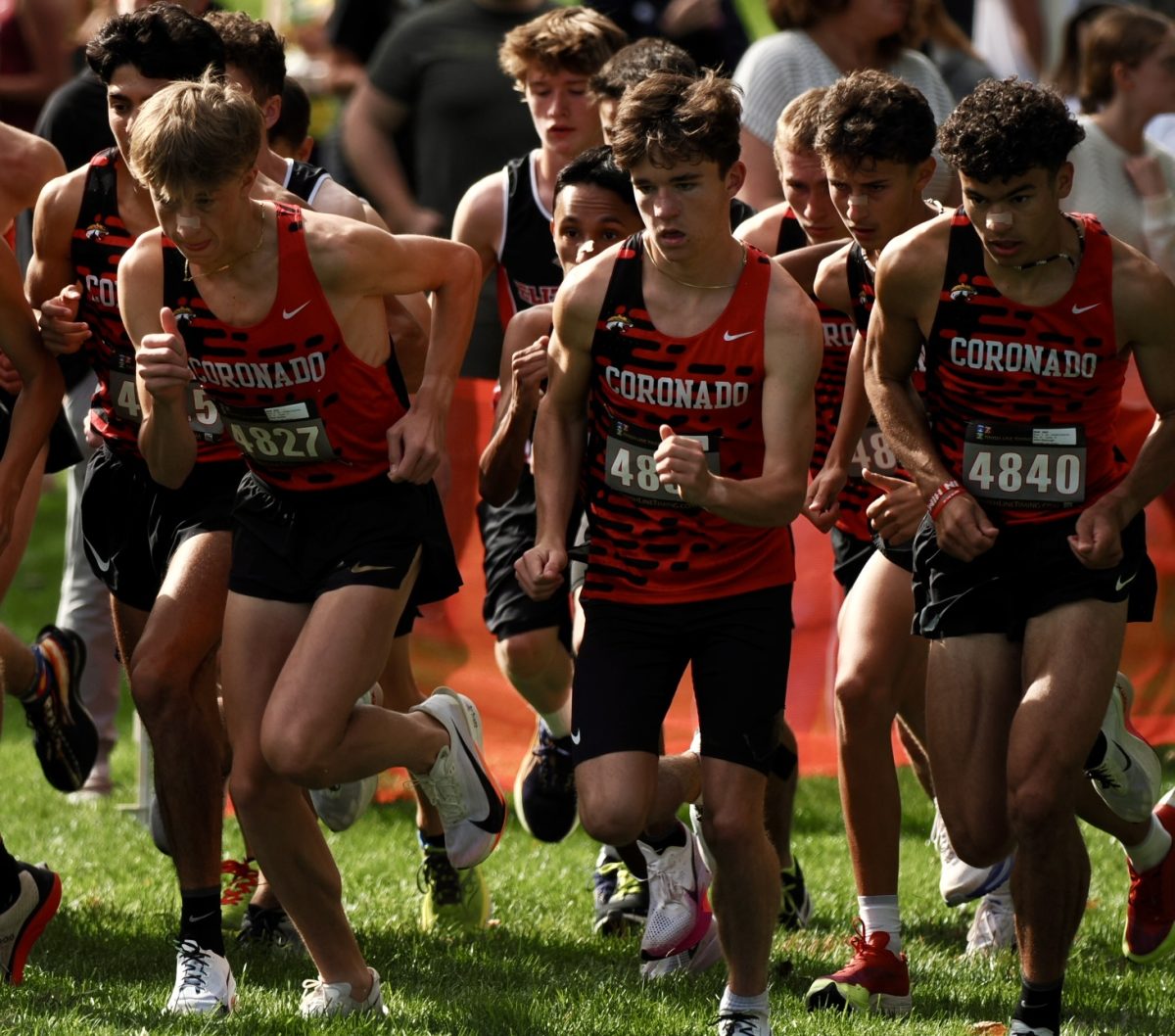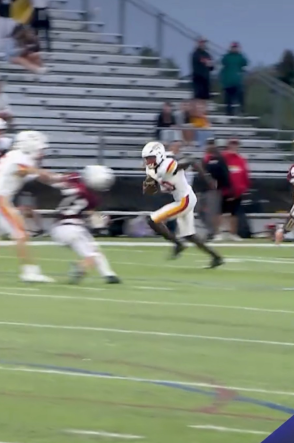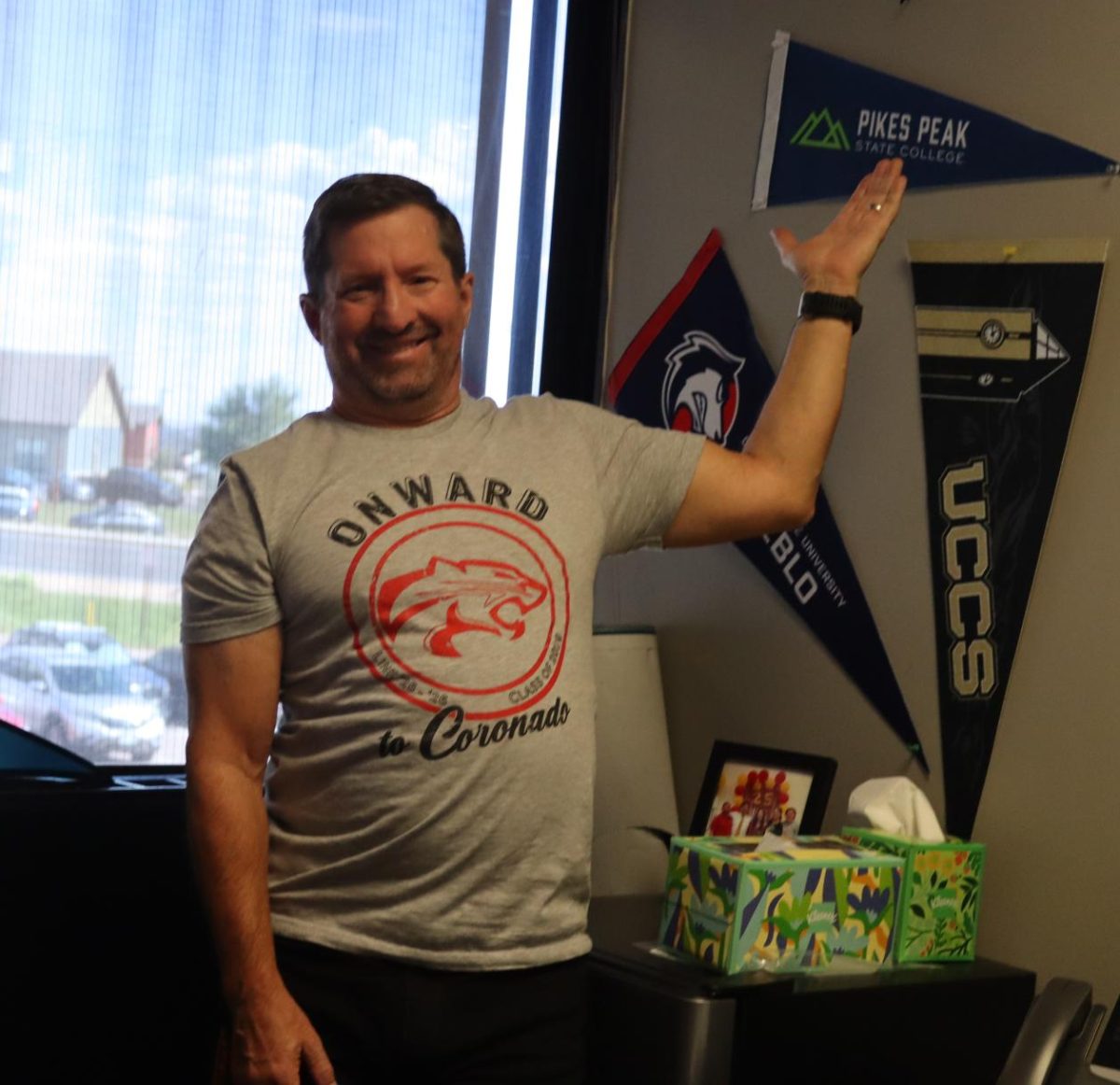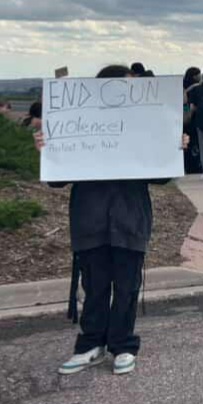
We’ve all heard about wildfires, and some of us have even experienced them firsthand. There are many ways to manage wildfires, so how are wildfires managed in Colorado?
Typically, we reduce the chance of wildfires occurring by minimizing the amount of dead branches, brush, small trees, and branch limbs in a specific area. Removing these items can reduce the likelihood of the fire scorching an entire forest.
In wildland firefighting, there are three ways to suppress a wildfire: direct, indirect, and parallel. Direct attack is attacking the fire directly on the edge of the fire; dirt and water are used to knock down fires as quickly as possible. According to the U.S. Department of the Interior, “Firefighters control a fire spread by removing what the fires need to burn,” an indirect attack is creating a fireline from the fire edge. A parallel attack is a form of indirect attack, involving dozers or other heavy equipment.
How do forest fires happen so often? “We’ve suppressed fire mitigation for so long because we thought forest fires were bad, but now they’re overgrown and overpopulated and that causes crown fire, where the fire starts on the ground, goes up to the top of the trees, jumps from the top of one tree to the next because they’re so close together,” said Mr Ottmer, the outdoor Science teacher at Coronado. Forest fires have been stopped for so long that our forests are thicker and denser than they should be, causing fires to spread more quickly.
Wildfires are a huge problem as the weather gets warmer and to prevent as many fires from happening next year we can make sure trees don’t have any branches below six feet. Adults should always be able to walk under a tree; by doing this we can stop fires from jumping from the ground to the trees. To prevent wildfires from happening so often we can also “Increase patrols by fire service professionals and regular equipment inspections in fire-prone areas” said by Wildfire Risk to Communities website.
Wildfires can be severely harmful to the land it burns. This can make it difficult for the land to return to a healthy state. For example, the Waldo Canyon fire was a crown fire. During these types of wildfires, the fire itself burns so harshly, so quickly, so extremely hot, that it makes the ground a similar solidity to concrete. It scorches the earth so that nothing, even water, nutrients, or seeds can penetrate it. After the Waldo Canyon fire, we had to manually go in by hand to break up the top layer of soil. Since the soil was very solid, the water couldn’t get through so it caused major flooding, and the Coalition for the Upper South Platte, The coalition is an organization that protects the water health and quality of water, said, “CUSP volunteers rake and seed burned areas above Colorado Springs to establish ground cover that will help reduce erosion and slow floodwaters headed for neighborhoods below.”

